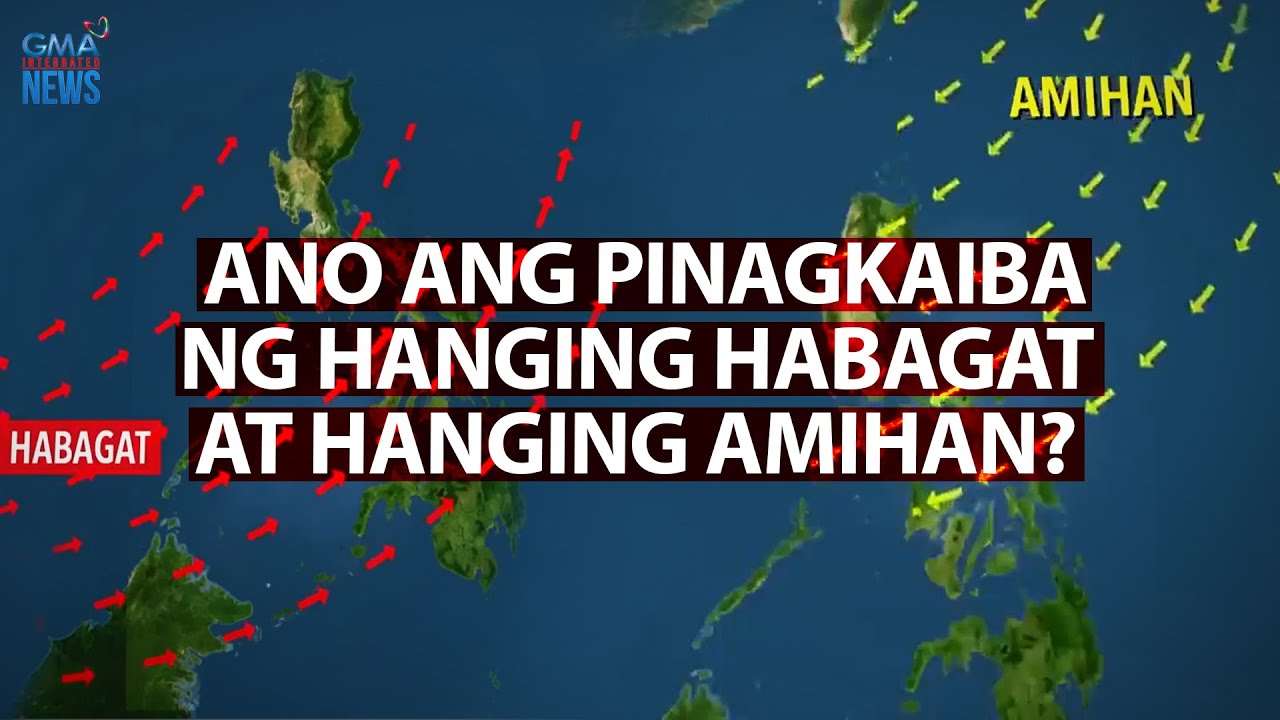Climate - Chapter 4 Geography NCERT class 9
Summary
TLDRThis educational video explores the climatic patterns of India, focusing on the transition from summer to the monsoon season. It discusses how the peninsula's geography influences temperatures and air pressure, leading to the arrival of monsoon rains, particularly in Kerala. The monsoon is portrayed as a critical lifeline for India's agriculture, economy, and culture, highlighting its role in sustaining biodiversity and replenishing river systems. The video emphasizes the interconnectedness of seasonal changes, agricultural practices, and the livelihoods of the population, making it essential viewing for understanding India's unique climatic phenomena.
Takeaways
- 🌎 Takeaway 1: The Earth experiences different seasons due to its axial tilt, leading to varied weather patterns across regions.
- 📅 Takeaway 2: The Indian subcontinent has distinct summer and monsoon seasons, with summer lasting from March to May.
- ☀️ Takeaway 3: Countries in the Southern Hemisphere, like Brazil and Australia, experience summer from November to February, while the Northern Hemisphere has winter.
- 🌊 Takeaway 4: The moderating influence of oceans helps maintain lower temperatures in the Peninsula region of India, despite being above the equator.
- 🔥 Takeaway 5: During summer, land heats faster than water, creating low-pressure zones over land and high-pressure zones over water.
- 💨 Takeaway 6: The pressure difference causes winds to flow from the sea to land, bringing moisture that leads to rainfall.
- 🌧️ Takeaway 7: The monsoon season begins after summer, with winds from the Arabian Sea bringing rain, particularly to states like Kerala.
- 📽️ Takeaway 8: Additional resources, like videos, can enhance understanding of the advancing and retreating monsoons.
- 🌱 Takeaway 9: The monsoon is crucial for India's ecosystem, agriculture, and cultural practices, impacting over 50% of the population engaged in farming.
- 💧 Takeaway 10: Monsoon rains replenish rivers and are vital for water supply, making them essential for human consumption and agricultural needs.
Q & A
What is the duration of the monsoon season in India?
-The monsoon season in India begins in March and lasts until May.
How do the seasons differ in countries below the equator compared to those in the northern hemisphere?
-Countries like Brazil, South Africa, and Australia experience summer from November to February, while the northern hemisphere has winter during this time.
Why does the temperature remain lower in the Indian peninsula during summer?
-The temperature remains lower due to the moderating influence of the surrounding oceans, which help regulate the temperature in the peninsula region.
What causes the formation of low and high-pressure zones during the summer?
-The land heats up faster than water, creating low-pressure zones over land and high-pressure zones over water.
What happens to winds at the end of the summer season?
-As the low-pressure zones over land attract winds from high-pressure zones over water, these winds carry moisture that leads to rainfall.
Which region in India is typically the first to receive monsoon rainfall?
-Kerala is often the first region in India to receive monsoon rainfall.
What are the two phases of the monsoon discussed in the transcript?
-The two phases are the advancing monsoon (Southwest Monsoon) and the retreating monsoon (Northeast Monsoon).
How does the monsoon impact agriculture in India?
-Since more than 50% of India's population is engaged in agriculture, the agricultural calendar heavily depends on monsoon rains for sufficient water supply.
What role does the monsoon play in the ecosystem of India?
-The monsoon supports diverse ecosystems, including tropical rainforests and deciduous forests, and is vital for maintaining the lush greenery of these areas.
Why is the replenishment of river valleys during the monsoon important?
-Replenishing river valleys during the monsoon is crucial as many peninsula rivers rely on rainfall for their water supply, which is essential for human consumption and agricultural needs.
Outlines

Esta sección está disponible solo para usuarios con suscripción. Por favor, mejora tu plan para acceder a esta parte.
Mejorar ahoraMindmap

Esta sección está disponible solo para usuarios con suscripción. Por favor, mejora tu plan para acceder a esta parte.
Mejorar ahoraKeywords

Esta sección está disponible solo para usuarios con suscripción. Por favor, mejora tu plan para acceder a esta parte.
Mejorar ahoraHighlights

Esta sección está disponible solo para usuarios con suscripción. Por favor, mejora tu plan para acceder a esta parte.
Mejorar ahoraTranscripts

Esta sección está disponible solo para usuarios con suscripción. Por favor, mejora tu plan para acceder a esta parte.
Mejorar ahora5.0 / 5 (0 votes)






